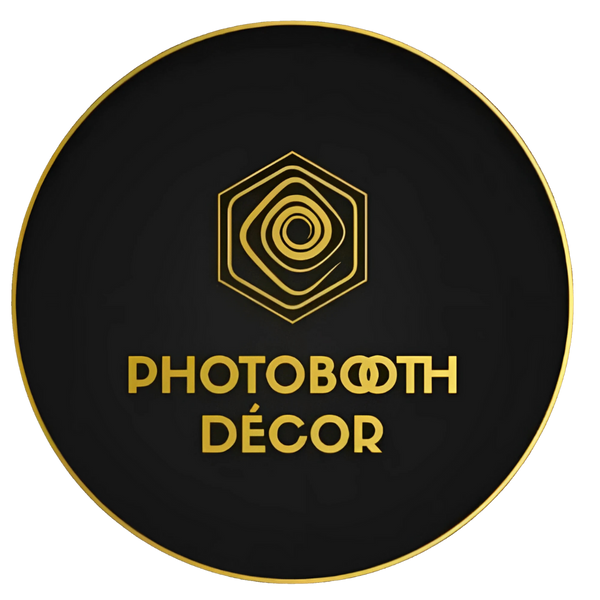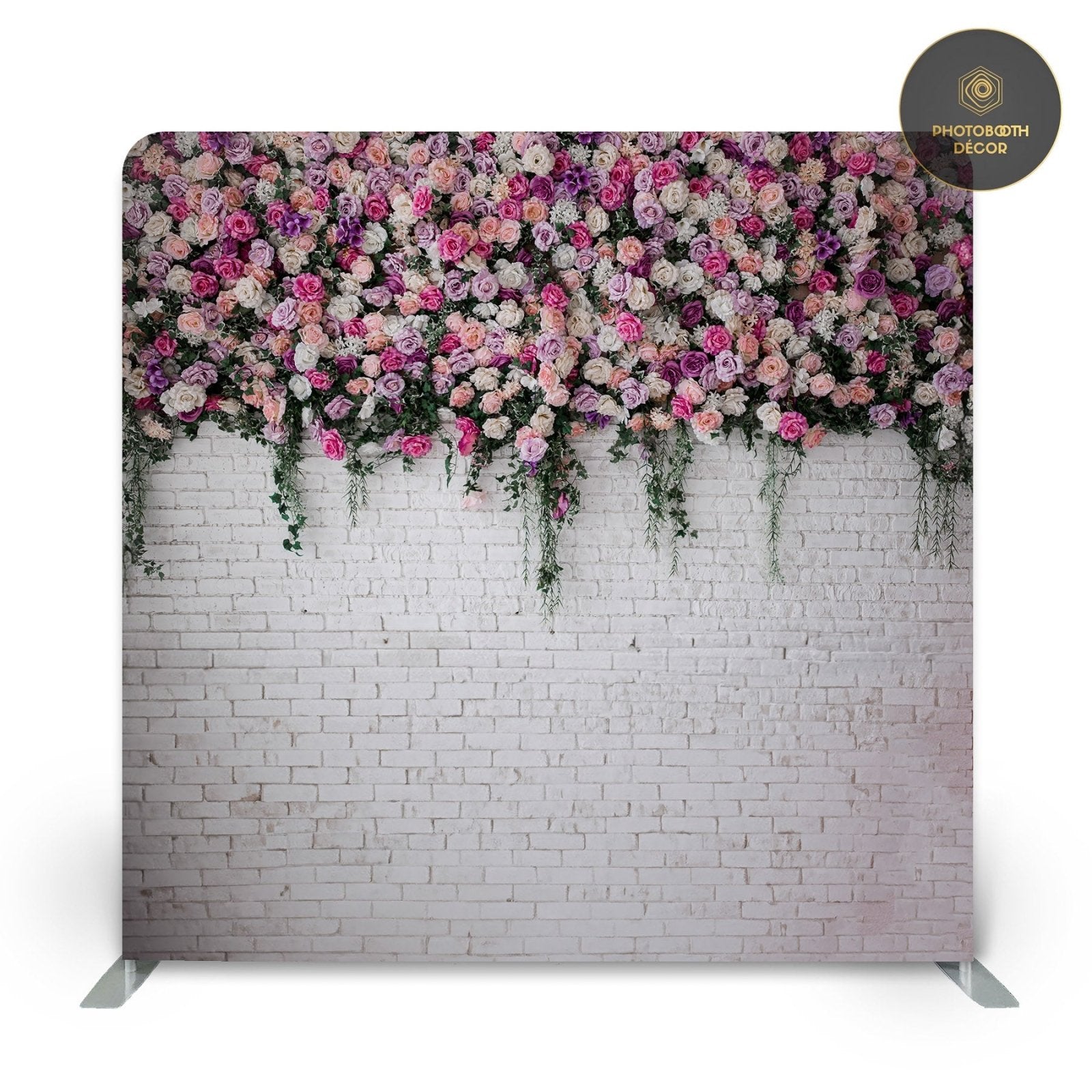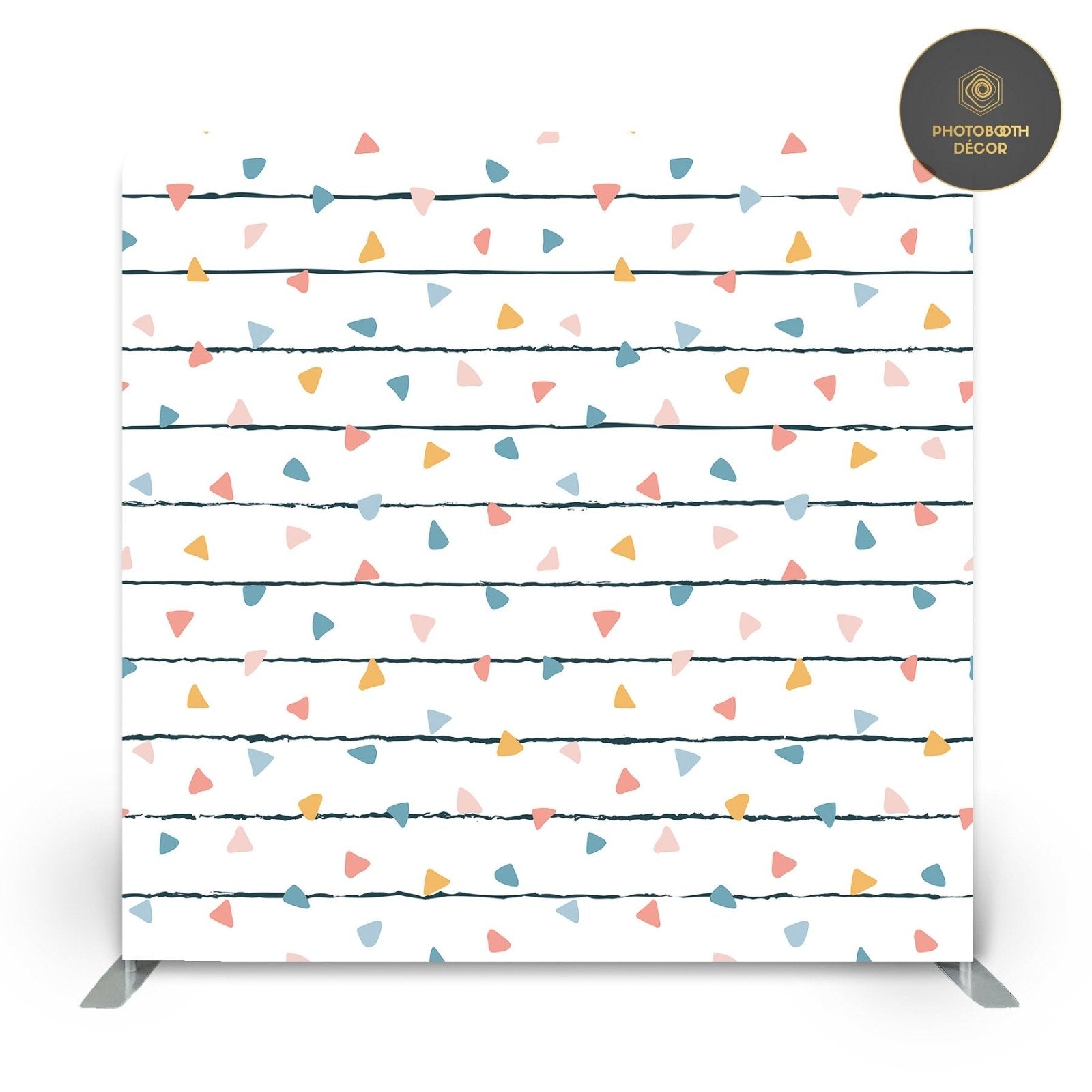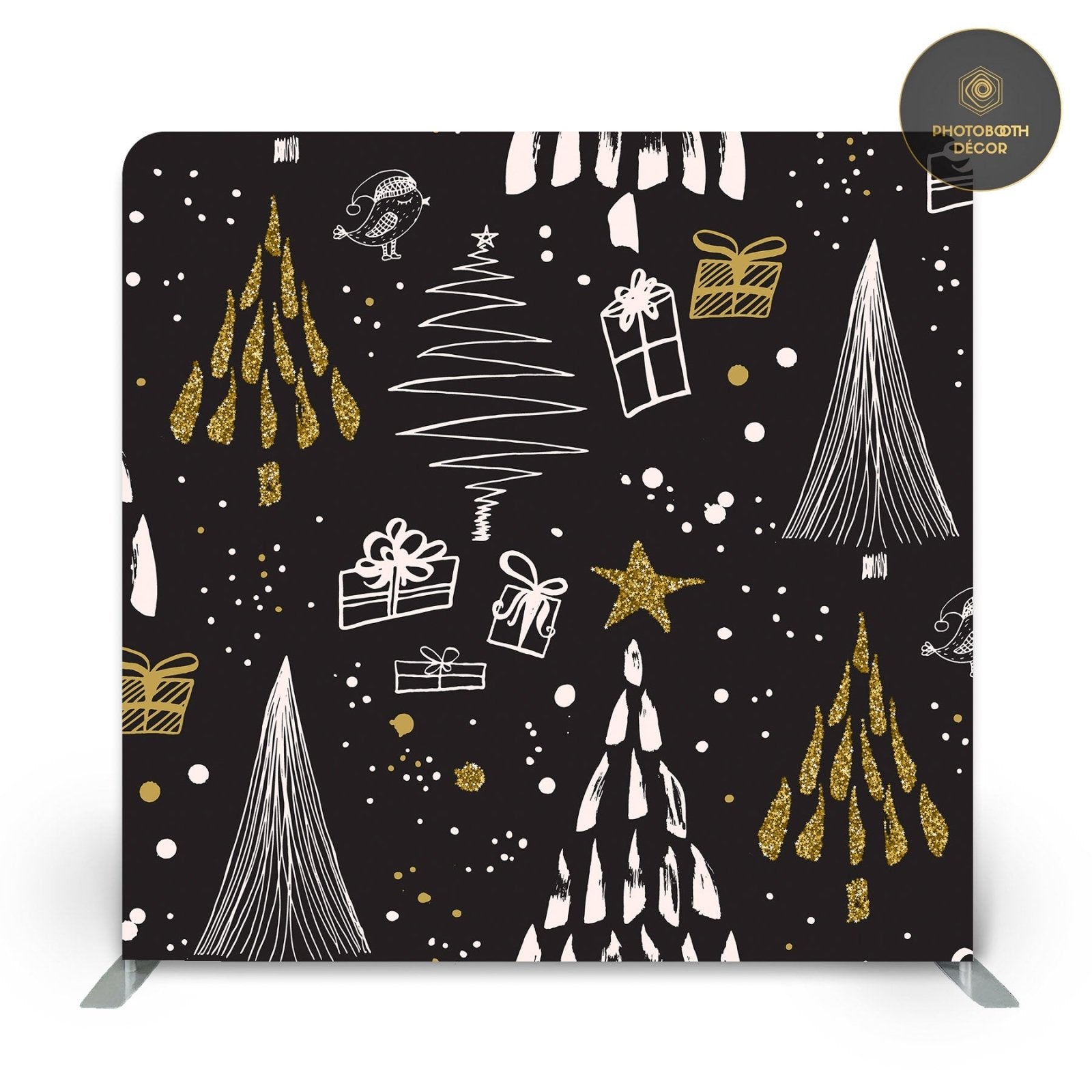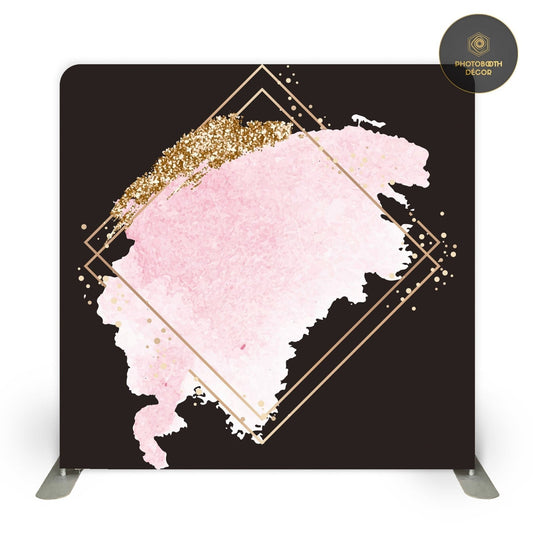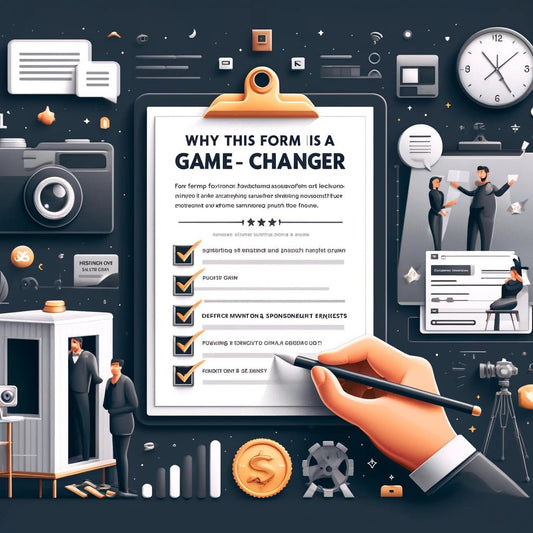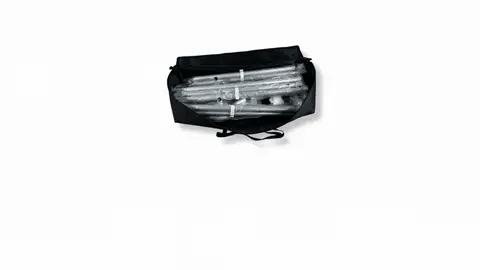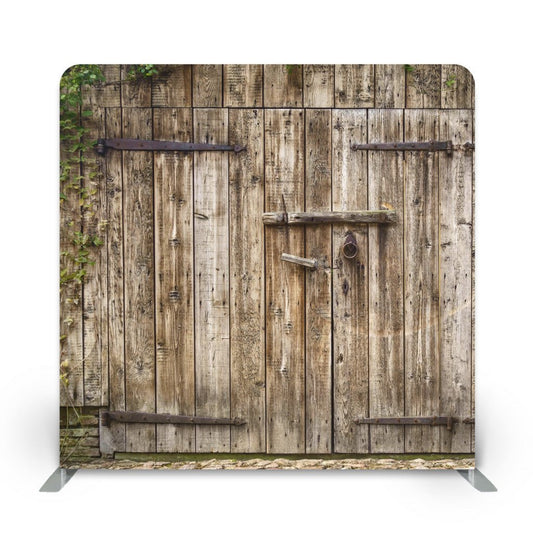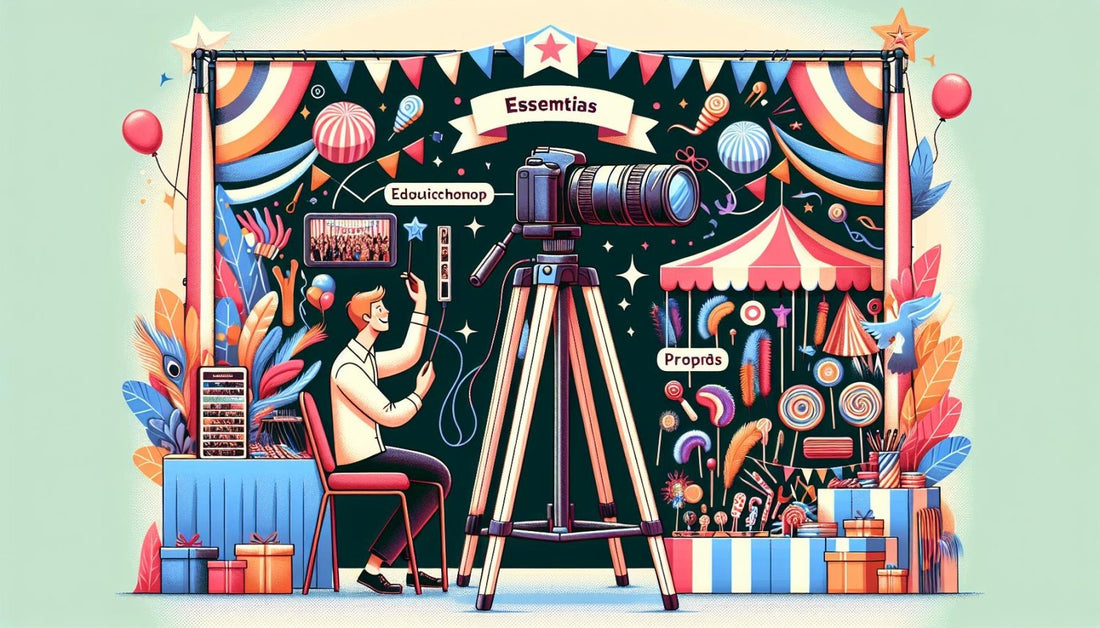
12 Essential Photo Booth Equipment Pieces for Fun Events
Share
Key Takeaways:
- Good backdrops are really important for making your photo booth look great
- Equipment that can be used in different ways helps for all kinds of events
- Buying strong, professional equipment helps your business last longer
- Good lighting and cameras are super important for taking nice photos
- Fun props and extras make the photo booth experience more enjoyable
1. Cool Backdrops: The Base of Your Photo Booth
A great backdrop is super important for any photo booth. It makes the whole booth look awesome and sets the mood for your guests. At Photobooth Decor, we have lots of cool backdrops for all kinds of parties and events.
Our backdrops come in lots of different styles. If you want something classic, try our brick wall with pink roses. For something more fun and modern, check out our Tiny Triangle Tango backdrop. These backdrops are made from strong polyester fabric that's 250 grams per square meter. That means they can handle lots of parties without getting messed up.
The best part? You can set them up really fast without any tools. Just put them on a frame, and you're ready to go. They're also safe from fire and you can wash them in a machine, so they're easy to take care of.
Check out all our photo booth backdrops to find the perfect one for your next party.
2. Good Camera: Taking Great Pictures
Listen up, because this is probably the most crucial decision you'll make for your photo booth setup - choosing your camera. After years of testing different brands (and some frustrating software compatibility issues), Canon is the way to go. Let me tell you why.
First things first, you need a camera that plays nice with your photo booth software, and this is where Canon absolutely crushes it. Their SDK (Software Development Kit) is the gold standard in the industry, which means software developers can tap into every feature of the camera. Trust me, I learned this the hard way when I first started with a different brand and couldn't get some features working!
Let's spotlight two cameras that have become the darlings of the photo booth world:
Canon R50: This mirrorless powerhouse is a game-changer. Here's what makes it special:

PROs:
- Lightning-fast Dual Pixel CMOS AF II that locks onto eyes instantly (no more blurry faces!)
- Seamless tethering capabilities that just work
- Compact size that's perfect for booth setups
- Latest generation processor (Same as their flag ship full frame camera)
- Outstanding low-light performance for those dimly lit wedding receptions
CONs:
- Needs an AD-E1 adapter to hook up a strobe (this add height and might be an issue in a smaller shell.
Canon R100: This little powerhouse has quickly become my go-to recommendation for booth builders on a budget.

PROs:
- Most affordable entry point into Canon's RF mount system
- Inherits the same magical autofocus system from its bigger siblings
- Incredibly compact - perfect for tight booth designs
- Has a hotshoe (compatible with strobes)
- Surprisingly good image quality that punches way above its price point
- Full compatibility with photo booth software (thanks to Canon's stellar SDK)
CONs:
- last gen processor
- last gen autofocus
Here's a little insider secret: Canon's mirrorless cameras have this mind-blowing autofocus system that feels like it can read your mind. You know that panic when a group jumps for a photo and your camera hunts for focus? Yeah, that's history. The eye-detection AF is so fast it feels instant - we're talking milliseconds here. During a recent wedding, I had a group of 15 people jumping with props, and every single face was tack-sharp. That kind of reliability is priceless in the photo booth business.
Pro Tips from the Trenches:
- Keep your firmware updated - Canon regularly releases improvements for tethering stability
Why Canon's SDK Matters: This might sound technical, but it's super important. Canon's SDK gives developers deep access to camera controls, which means:
- Real-time live view adjustments
- Direct control over camera settings from your booth software
- Reliable tethering that won't drop during events
- Exclusive features in premium booth software
Remember, your camera isn't just taking pictures - it's the heart of your entire operation. The last thing you want is to be troubleshooting software compatibility issues during an event (been there, not fun!). With Canon, everything just works, letting you focus on what matters: creating amazing experiences for your clients.
3. Good Lighting: Making Everyone Look Great
Good lighting is really important for taking nice photos. You want to make sure everyone looks their best, no matter where your booth is set up. A softbox lighting kit or LED panel lights are great choices.
Softboxes spread out the light, making it soft and flattering. This is perfect for getting rid of harsh shadows and making everyone look awesome. LED panels are another good option. They're bright, don't get hot, and you can usually change their color.
Try to have at least two lights. This way, you can light people from different angles and avoid any unflattering shadows. Put one light on each side of your camera, angled slightly towards the middle of your backdrop.
4. Strong Backdrop Stand: Holding Up Your Backdrop
A strong backdrop stand is really important for showing off those awesome backdrops we talked about earlier. You want something that's easy to set up and take down, but also strong enough to keep your backdrop looking smooth all night long.
Look for a stand that can be adjusted to different heights and widths. This way, you can use it for all kinds of events, from kids' parties to fancy weddings. Some stands even let you hang multiple backdrops, which is great if you want to offer different options at an event.
Make sure your stand is made of a strong material like aluminum. It should be light enough to carry around easily, but tough enough to handle being set up and taken down over and over again.
Check out our backdrop frames that work perfectly with our cool backdrops.
5. Easy-to-Use Software: Making Everything Work Smoothly
Good software is like the brain of your photo booth. It controls everything from taking the pictures to printing them out. You want something that's easy for people to use, even if they've never been in a photo booth before.
Look for software that has a live view feature. This lets people see themselves on a screen before the picture is taken, so they can make sure they look just right. You also want software that lets you change how the photo strips or prints look.
Another cool feature to look for is social media sharing. This lets people share their photos online right from the booth. It's a great way to spread the word about your photo booth business.
6. Fun Props and Accessories: Adding Excitement
Props and accessories make photo booths super fun. They let people get creative and silly with their photos. You want to have a good mix of props that work for all kinds of events.
Some classic props include silly hats, big sunglasses, and signs with funny sayings. But don't be afraid to get creative! Inflatable instruments, fake mustaches, and even costume pieces can be big hits.
For holiday events, themed props are a must. Our holiday photo booth signs are perfect for adding a festive touch to your seasonal events. They're easy to hold and look great in photos.
Remember to keep your props clean and in good condition. Replace them when they start to look worn out. People will appreciate having nice, fresh props to play with.
7. Good Printer: Giving People Their Photos Right Away
A good printer is super important for your photo booth. You want something that can print photos quickly and make them look great. Look for a dye-sublimation printer. These are perfect for photo booths because they print fast and the photos are dry as soon as they come out.
Make sure your printer can handle the size of prints you want to offer. Most photo booths use 4x6 inch prints, but some offer larger sizes too. It's also a good idea to get a printer that can hold a lot of paper and ink. This way, you won't have to stop and refill it in the middle of a busy event.
Keep some extra ink and paper on hand, just in case. There's nothing worse than running out of supplies when people are waiting for their photos!
8. Cool Photo Templates: Making Your Photos Special
Photo templates are like frames for your pictures. They let you add cool designs, event info, or company logos to the photos. This is a great way to make your photo booth stand out and give people a special souvenir.
Look for software that lets you create and customize your own templates. This way, you can match the theme of any event you're working at. For weddings, you might add the couple's names and the date. For a company party, you could include their logo and a fun slogan.
Try to have a few different template options ready for each event. This gives people some choices and keeps things interesting if they come back to the booth multiple times.
9. Touchscreen: Making It Easy for People to Use
A touchscreen makes your photo booth super easy for people to use. It's like having a big smartphone screen where people can see themselves and control the booth. Look for a screen that's at least 20 inches. This gives people plenty of room to see what they're doing.
Make sure the touchscreen is responsive and can handle lots of taps and swipes. You don't want it to freeze up in the middle of a busy event. Some touchscreens even let people draw on their photos or add digital stickers, which can be a lot of fun.
Put the screen at a height that's comfortable for most people to use. You might even want to get an adjustable stand so you can change the height for different events.
10. Portable Power: Keeping Everything Running
Having a good power solution is super important, especially if you're doing outdoor events or working in places where power outlets might be hard to find. A portable power station or a heavy-duty extension cord can be a real lifesaver.
For outdoor events, look for a power station that can run your whole setup for at least 4-6 hours. This should cover most events without needing a recharge. Make sure it has enough outlets for all your equipment: camera, lights, printer, and touchscreen.
If you're using an extension cord, get a heavy-duty one that's at least 50 feet long. This gives you plenty of reach to set up your booth wherever you need to. Always bring a surge protector too, just to keep your equipment safe.
11. Themed Backdrop Collections: Having Options for Different Events
Having a variety of themed backdrops lets you do all kinds of events. It's like having a whole wardrobe of outfits for your photo booth. At Photobooth Decor, we've got tons of cool collections to choose from.
For holiday parties, our Christmas photobooth backdrops are perfect. They've got everything from snowy scenes to fun, colorful designs. If you're doing a fancier event, our geometric photobooth backdrops add a touch of style.
Don't forget about seasonal themes too. Beach backdrops for summer events, spooky scenes for Halloween parties, and romantic designs for Valentine's Day are all great to have on hand. The more variety you have, the more events you can do!
12. Strong Cases: Protecting Your Stuff
Good transport cases are super important for keeping all your photo booth gear safe. You're going to be moving your equipment around a lot, so you need cases that can handle some bumps and knocks.
Look for cases with thick padding inside. This helps protect your camera, lights, and other delicate equipment from getting damaged. Hard-shell cases are great because they're really tough on the outside too.
Try to find cases with wheels and handles. This makes it way easier to move everything around, especially if you're setting up by yourself. Some cases even come with foam inserts that you can cut to fit your gear perfectly.
Remember, your equipment is really important. Spending a bit extra on good cases now can save you a lot of money later by keeping everything safe and working well.
Conclusion: Starting Your Photo Booth Business
Setting up a photo booth business is like building a fun factory. With the right equipment, you can create awesome experiences that people will remember forever. Start with a great backdrop, add in a good camera and lights, and don't forget all the fun extras like props and cool software.
Remember, the key to success is making sure everything works together smoothly. Your booth should be easy for people to use, take great photos, and be reliable enough to handle party after party. Keep an eye out for new trends and tech, but don't forget the basics that make photo booths so much fun.
Whether you're just starting out or looking to upgrade your current setup, investing in quality equipment is super important. It might cost a bit more at first, but it'll pay off in the long run with happy customers and a business that keeps growing.
Ready to start your photo booth adventure? Check out our full collection of photo booth backdrops and start building your collection today. With the right gear and a bit of creativity, you'll be on your way to photo booth success in no time!
Want to Start Your Own Photo Booth Business?
We've got everything you need to make your photo booth awesome. From cool backdrops to fun props, we've got the stuff that'll make your booth the hit of any party. Don't wait - start building your photo booth business today!
Shop Now